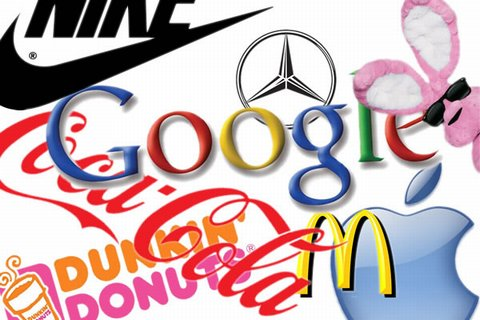LPT: Prepare Your 2013 Business Development Goals Now
![]() This is the time of year where I’m working with law firms on developing strategic marketing and business development plans (and budgets!) for 2013. As I said to one marketing partner yesterday, while we need to be fluid and creative, you still need an outline and parameters to be as effective as you’d like to be. It is with that thought in mind, as we enter the final “holiday” phase of the calendar year that this month’s LPT asked for contributions along that line.
This is the time of year where I’m working with law firms on developing strategic marketing and business development plans (and budgets!) for 2013. As I said to one marketing partner yesterday, while we need to be fluid and creative, you still need an outline and parameters to be as effective as you’d like to be. It is with that thought in mind, as we enter the final “holiday” phase of the calendar year that this month’s LPT asked for contributions along that line.
Many thanks to Barbara Brown of Meagher & Geer in Minneapolis, MN for serving as the issue editor for the timely “Prepare your 2012 business development goals now” theme of this month’s Law Practice Today.
Among the excellent contributions are those from a number of my Philadelphia-centric colleagues. Nancy Gimbol of Eastburn & Gray (and a member of the LPT editorial board) discusses establishing a culture for marketing and business development in a mid-sized law firm. Amy Galie and Amanda Steinbach of big firm Fox Rothschild address big law issues in “Business Development – Fail to Plan and Plan to Fail.” Greg Stephens provides the managing partner view in “How to obtain and retain clients.” Thanks as well to this month’s feature contributors Allan Coleman, Greg Stephens, Steve Henning and David Freeman.





 This month’s
This month’s  In the November/December issue of Law Practice, my marketing column is entitled “
In the November/December issue of Law Practice, my marketing column is entitled “ It is not Henny Youngman, but Stoll Berne managing partner
It is not Henny Youngman, but Stoll Berne managing partner 
 In my monthly column on internet marketing for lawyers in
In my monthly column on internet marketing for lawyers in